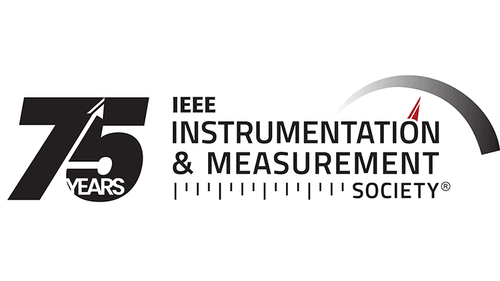Motion Tracking with Magneto-Inertial Sensors: Principles and Applications
This tutorial introduces recent advances in human motion tracking using wearable magneto-inertial sensors (M-IMUs).
After reviewing both traditional and modern motion capture techniques, the lecture explores the working principles of M-IMUs and key methods for estimating 3D orientation, including complementary and Kalman filters.
Practical aspects such as calibration from the sensor to the body reference frame and inverse kinematics for joint angle computation are also addressed.
The presentation highlights experimental validation protocols and discusses applications in human–robot interaction, including teleoperation and wearable-based tele-impedance control.


